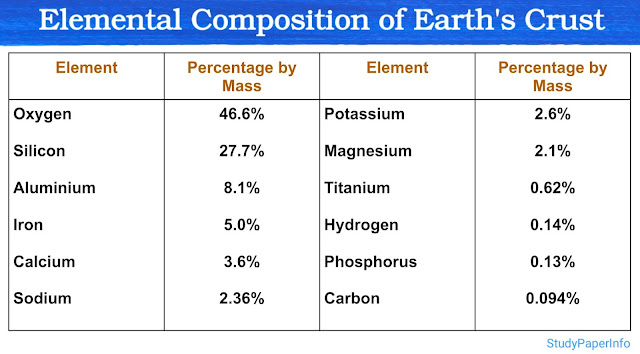PYQ – MZO-003: Comparative Animal Physiology and Biochemistry (Solved Q&A) | MZO-003 | MSCZOO | M.Sc.Zoology | IGNOU | December 2024

M.Sc. (Zoology) (MSCZOO) Term-End Examination December, 2024 MZO-003 : COMPARATIVE ANIMAL PHYSIOLOGY AND BIOCHEMISTRY Time : 2 Hours| Maximum Marks : 50 Note: Attempt any five questions. 1. (a) Explain with help of a diagram fluid exchange across the capillary wall. (5 Marks) Fluid exchange through capillary walls is an important process that allows tissues to receive nutrients and remove waste. This exchange happens through two main processes: filtration (fluid moves out of capillaries) and reabsorption (fluid moves back into capillaries). The direction of fluid movement depends on the balance between capillary hydrostatic pressure and plasma oncotic pressure. At the arterial end of a capillary, the hydrostatic pressure (pushing force of blood) is greater than the oncotic pressure (pulling force created by plasma proteins like albumin). This causes water and small molecules like glucose, amino acids and oxygen to move out of the capillaries into the interstitial fluid. This p...

